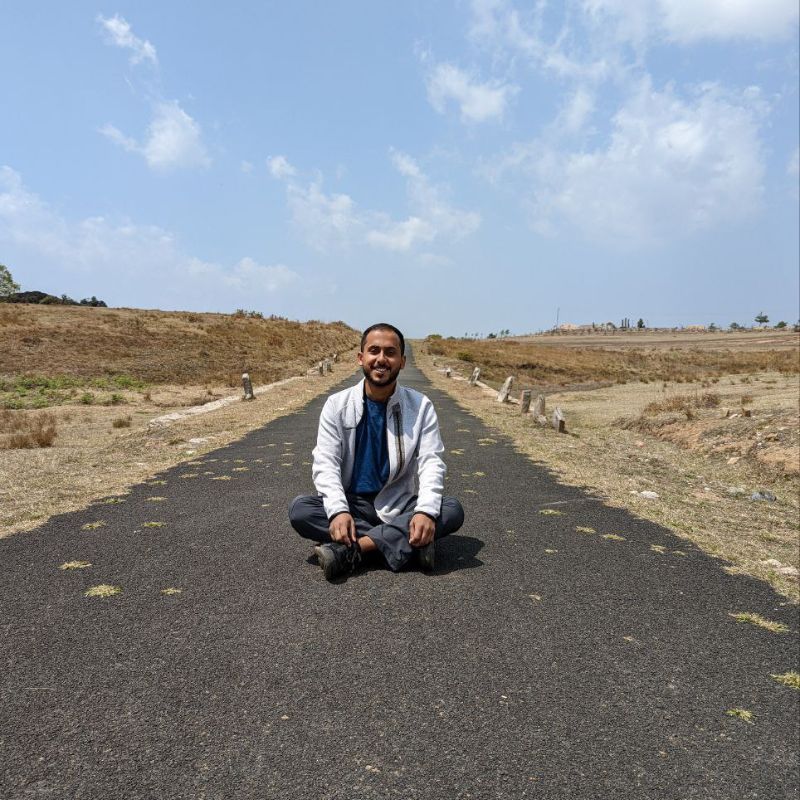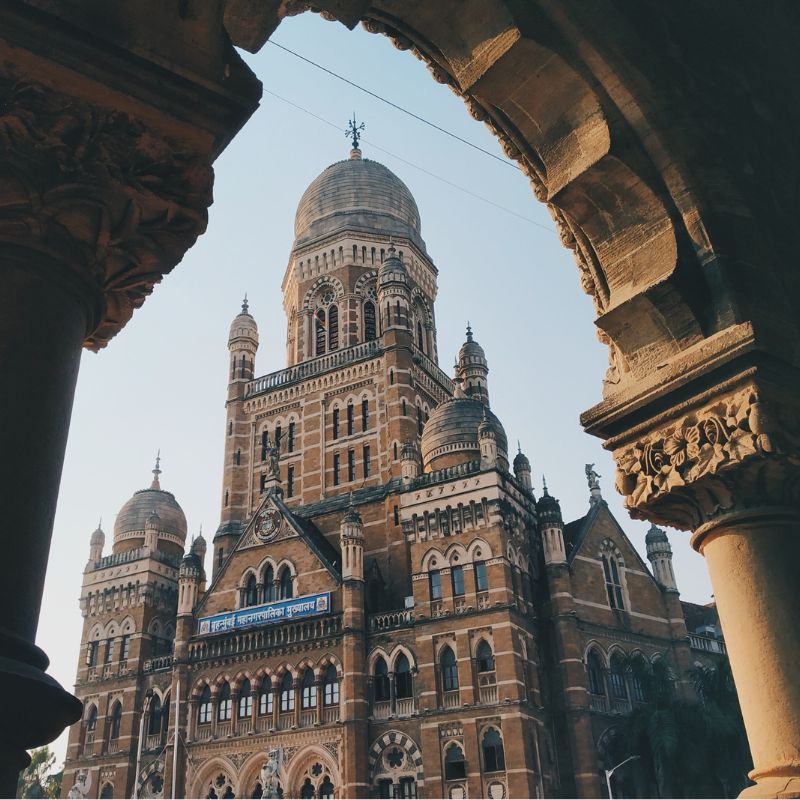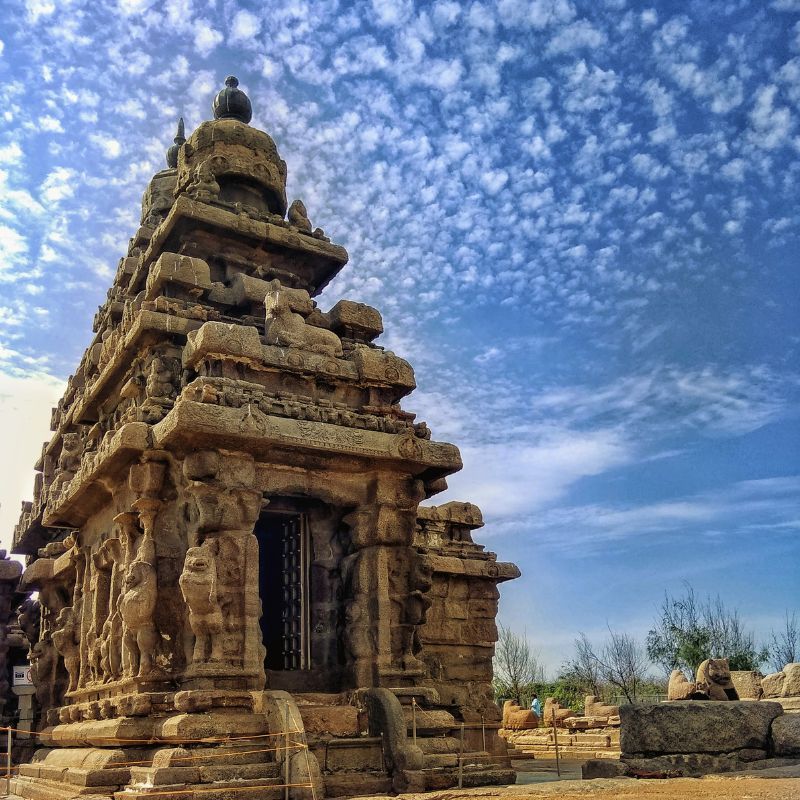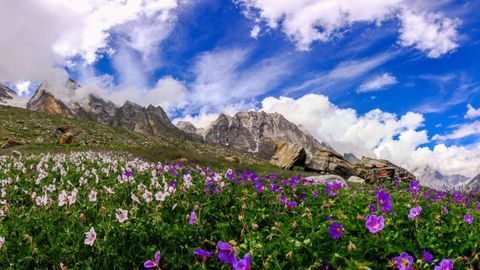
Nestled in the Garhwal Himalayas of Uttarakhand, lies the Valley of Flowers, a UNESCO World Heritage Site. It is a botanical wonderland, boasting an array of colourful alpine flowers, rare and endemic plant species. You will also witness a carpet of flowers in full bloom across the terrain while iconic peaks like Nilgiri Parbat and Rataban provide a breathtaking backdrop.
Its challenging and rugged paths, pristine beauty, and rich biodiversity make it a trekker’s paradise, attracting adventurers and nature enthusiasts from around the globe. So, lace up your boots and thoroughly plan your trek before you climb to this picturesque National Park of India.
Valley of flowers
The history behind Valley of Flowers
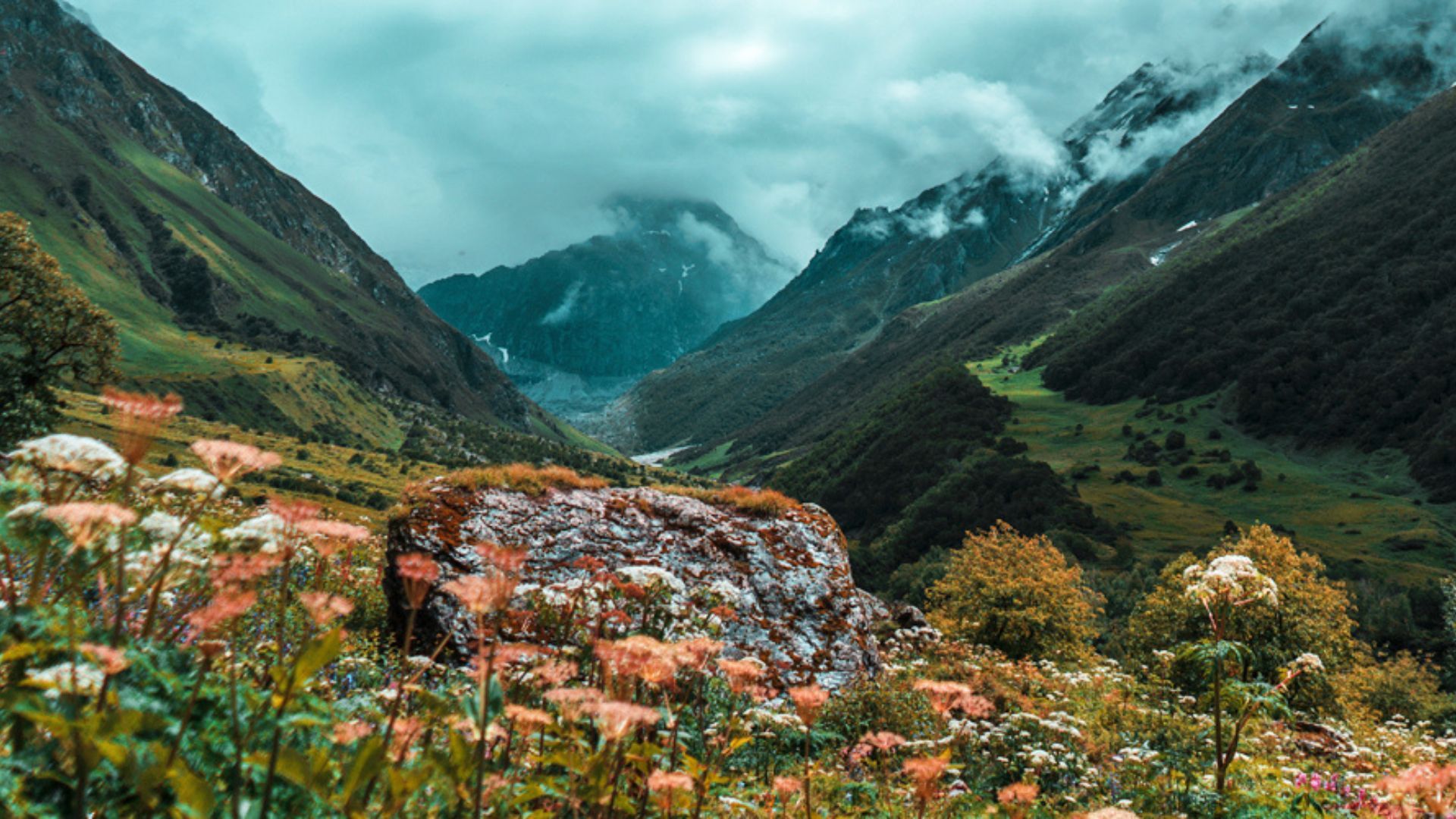
The Valley of Flowers was discovered in 1931 by a British mountaineer named Frank Smythe. Smythe, R.L. Holding and Eric Shipton chanced upon the valley on their way back from a successful expedition to Mount Kamet, the second-highest mountain in the Garwhal region. They named it the Valley of Flowers. Frank Smythe later authored a book by the same name.
Apart from its natural allure, the Valley of Flowers also holds a significant mythological association. According to legend, it is believed to be the place where Lord Hanuman found the magical herb “Sanjeevani” to revive Lakshman during the epic Ramayana. This gives the valley a touch of magic and spiritual importance, attracting pilgrims and tourists alike.
Location
The Valley of Flowers is located at an elevation of 13,000 feet (3,962 metres) in the Chamoli district of Uttarakhand, near the Indo-China border. It is accessible from the small town of Govindghat, from where the 16 km trek to this UNESCO World Heritage Site begins.
Alternatively, one could drive down to Pulna village (6 km from Govindghat) from where the trek is only 10 km to Ghangaria, the base camp for the trek. The trek usually takes four days but it all depends on your stamina and walking speed. If you are not an experienced trekker, your journey can stretch up to six days.
The best time to visit Valley of Flowers

The Valley of Flowers is open for trekkers from June to October or November. Plan your visit between July to mid-August when the flowers in the valley are in full bloom. The winter season has temperatures ranging from -5 to 10 degrees Celsius, while summer provides a warmer setting between 15 to 20 degrees Celsius.
The Valley of Flowers welcomes visitors from 7:00 am. The last entry is permitted until 2:00 pm. As you plan your trek, keep in mind that July-August is a monsoon season, and heavy rains can wreak havoc in the mountains. It is advisable to factor in the weather conditions while embarking on this journey.
How to reach Valley of Flowers
To start the trek, you need to reach Govindghat, which is the starting point and has a lot of lodging facilities. From here, you have two options: you can either begin your trek directly or drive further on the motorable road until it ends at Pulna village, which shortens the trek by 6 km.
Rishikesh is the closest city, with its railway station being the nearest railhead to Govidghat. At a distance of 266 km, it will take about 8 hours to reach the town by car. For anyone planning to fly down, the Jolly Grant airport in Dehradun is the nearest airport, located at a distance of 280 km.
Here’s what your 4-day trek may look like
Day 1: Pulna to Ghangaria (10 kilometres)
Trekkers should begin the first leg of the trek with a gradual ascent from Pulna in the morning around 7:00 am. The route offers glimpses of the mesmerising Pushpawati River and lush green forests. It will take you about 8-9 hours to reach Ghangaria, a charming hamlet situated at an altitude of about 3,050 metres. Rest and acclimatise yourself for the days ahead.
There are a few guesthouses, camps and hotels to choose from. However, it is advisable to make a prior booking.
Note: You should aim to reach Ghangaria before sunset (6:30 pm) as the terrain is rocky, very steep at a few places and there is no clear road, making it difficult to navigate during the dark.
Day 2: Ghangaria to Valley of Flowers and back (6 kilometres trek)

Embark on a memorable expedition into the Valley of Flowers post breakfast at about 9 am. You will have to carry your own food as there are no stalls after Ghangaria. The narrow path winds through dense forests and uphill mountain trails before you reach the valley in about three hours’ time.
The trail opens up to a world of diverse flora, where vibrant flowers such as primulas, orchids, and poppies carpet the valley floor at a height of more than 3,500 metres. You might also come across the elusive blue sheep. Capture the surreal beauty with your camera as you explore this botanical paradise.
Return to Ghangaria before sunset for an overnight stay, as the journey back takes 2-2.5 hours. It gets dark after 6 pm.
Day 3: Ghangaria to Hemkund Sahib (6 kilometres trek)
The next day, you can hike to the revered Sikh shrine, Hemkund Sahib. It is ideal to start early in the morning as it takes about three hours to reach the place of worship. The trail ascends steeply through alpine meadows and offers panoramic vistas of snow-capped peaks. Seek blessings at the gurdwara and immerse yourself in the tranquillity of the surroundings. Descend back to Ghangaria for another night’s stay.
You can hire a mule for the entire way up to Hemkund.
Day 4: Ghangaria to Govindghat (16 kilometres trek)
Bid farewell to Ghangaria and retrace your steps back to Govindghat. This is a long trek that typically takes about 6-7 hours, so it is advisable to start at about 7:00 am. The downhill trek will allow you to savour the beauty you might have missed during your ascent. After reaching Govindghat, rest and rejuvenate yourself for the journey back home.
Note: You also have the option to hire a horse to go back to Govindghat from Ghangaria, as there are no rest stops along the way.
How to prepare for the Trek
- Check with your doctor and get the necessary medical clearance before you plan for the trek.
The trek is not ideal for people with bronchial asthma, heart disease or high blood pressure. - The trek is not ideal for people with bronchial asthma, heart disease or high blood pressure.
- Obtain the necessary permits from the Forest Department in Govindghat.
- Pack light but adequately, including warm clothing, rain gear, a first-aid kit, and comfortable trekking shoes.
- Stay hydrated and carry water bottles. Water sources are available along the trail, but it’s essential to take purification tablets.
- Acclimatise properly to avoid altitude sickness.
Places to explore during the Valley of Flowers trek
Hemkund Sahib
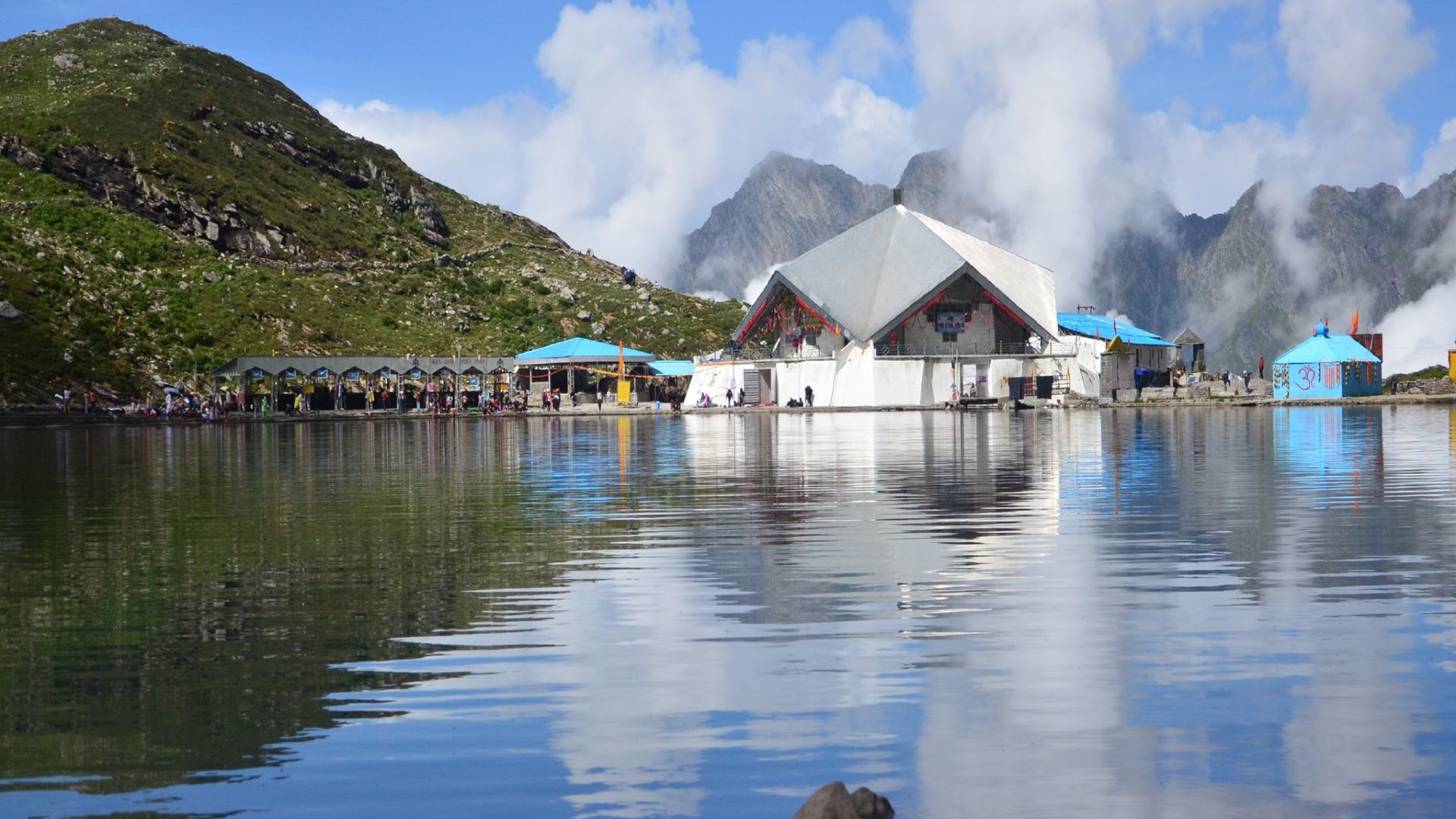
Hemkund Sahib is a sacred Sikh gurdwara, perched at an altitude of over 4,000 metres above sea level. It is surrounded by snow-capped mountains and a pristine freshwater lake known as Hemkund, which means “lake of ice.” The pilgrimage site also houses a temple dedicated to Lakshman, brother of Lord Rama.
The Gurudwara is 6 km away from Ghangaria. The trek is very steep and people have the option to either walk to Hemkund or hire mules and porters to reach.
Pushpawati River

The trek follows the course of the glistening Pushpawati River. As you walk alongside the river, you’ll be treated to picturesque views of the crystal-clear water flowing through rocky terrains and lush greenery.
Flower beds
It is spread over an area of approximately 87.50 square kilometres and is home to more than 300 species of alpine flowers. Established in 1982, this park is not just a floral wonderland but also a sanctuary for various rare and endangered plant and animal species.
Ghangaria
A quaint Himalayan village, Ghangaria serves as the base camp for the trek. The village offers simple guesthouses, eateries, and stunning scenery, making it an ideal place to unwind and interact with fellow trekkers.
Shop the best travel experiences here
(Hero image credit: euttaranchal.com, feature image credit: uttarakhandtourism.gov.in)
Related: Everything To Know About Everest Base Camp Trek: Route, Essentials, Cost And Other Important Details
Frequently Asked Questions (FAQs)
Answer: To reach the Valley of Flowers, first, make your way to Govindghat, a small town in Uttarakhand, accessible from major cities like Rishikesh (265 km), Haridwar (285 km), and Dehradun (302 km). Jolly Grant Airport, Dehradun, is the nearest airport, 278 km away. From Govindghat, you have two options: a 16 km trek or a shorter 4 km drive to Pulna village from where the trek is only 10 km to Ghangaria and 3.5 km to the valley of flowers from Ghangaria.
Answer: Trekkers can explore the Valley of Flowers from June to October or November, but the ideal time to visit is from July to mid-August. Note: Check the weather predictions before planning the trek
Answer: Indian nationals need to pay an entry fee of INR 150, while foreigners can enter by paying INR 600. This entry ticket allows you to stay for 3 days. If Indian visitors wish to stay longer, they can do so by paying an extra INR 50 for each additional day, while foreigners will need to pay INR 250 for the same privilege.
Answer: The Valley of Flowers is situated at approximately 3,600 metres above sea level, making it an accessible trek with an easy to moderate difficulty level. Even first-time trekkers can attempt it. However, there are some steep inclines, and it's essential to have a basic level of physical fitness to undertake this trek safely.
Answer: Being a world heritage site, tourists cannot camp or stay overnight. They can only stay in hotels, guest houses, or camps in Ghangaria, the “base camp” for your trek to the Valley of Flowers.
Answer: Yes, there are many notable attractions such as - Badrinath temple, Mana village, Auli, Malari village, Hemkund Sahib, Bedini, and Gurson bugyal.
Answer: Cash, rain cover, trekking boots, waterproof jackets, warm clothes, backpack, sleeping bags, reusable water bottle, medicines, toiletries, camera, and torch.
Answer: It is free to click pictures with still cameras. For Indian visitors, the fee for bringing a professional video camera inside the valley is INR 500 per day, while foreigners are charged INR 1500.
Answer: You can come across exotic flowers such as the Cobra lily, blue poppy, orchids, primulas, calendulas, daisies, etc. The valley is home to several high-altitude animal species - Himalayan black bear, red fox, blue-throated barbets, Himalayan musk deer, and flying squirrel.



